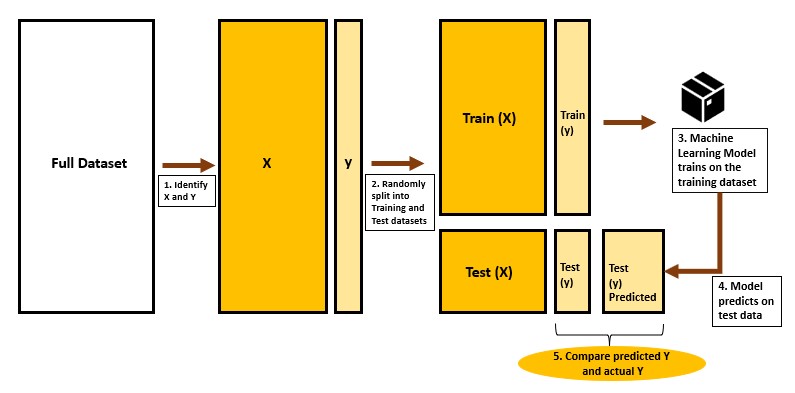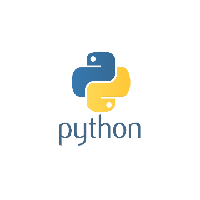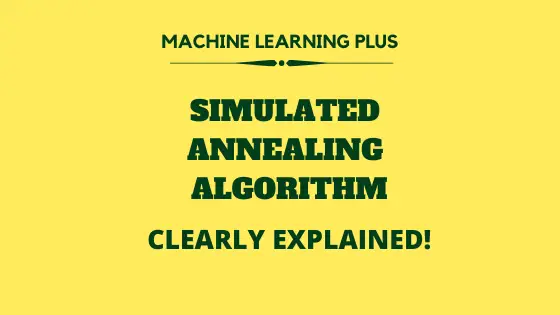Train Test Split – How to split data into train and test for validating machine learning models?
The train-test split technique is a way of evaluating the performance of machine learning models. Whenever you build machine learning models, you will be training the model on a specific dataset (X and y). Once trained, you want to ensure the trained model is capable of performing well on the unseen test data as well. …












